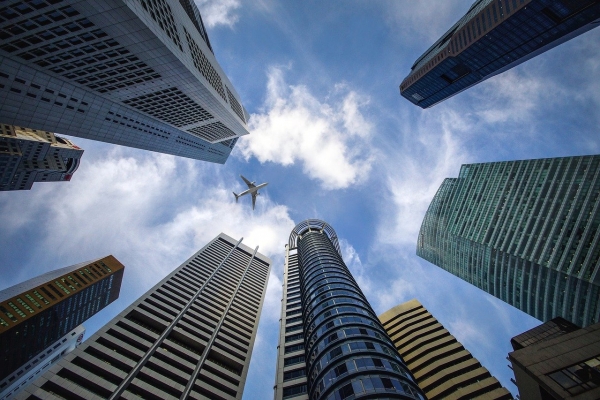On the other hand, some countries of the southern shore of the Mediterranean such as Tunisia, Morocco and Egypt have signed association agreements with the European Union, where the question of whether these agreements have led sufficient countries in the European Union additional flows to these countries, and what are the real obstacles that block this category of investment flows.
In fact, the quality and quantity of FDI drained by these countries, including Tunisia, remain below expectations of these countries considering FDI as a key success factor of openness and economic liberalization in general, agreements association, the possible liberalization of the capital account and the compression of the debt in particular.
Hence, the crucial question that may arise economic policymakers at the national economy : To attract more FDI, we may need more financial liberalization and /or commercial, or otherwise under liberalization? This would have a direct impact on the degree and frequency of capital controls, and the success and applicability of the Association Agreement with Tunisia.
What is the appropriate policy of liberalization to increase foreign direct investment and ensure the equilibrium of external balance of the Tunisian economy?
The main question may be deducted in several relevant intermediate questions:
- Tunisia has managed to drain it FDI, why?
- What types of FDI are far drained Tunisia?
- The drained FDI are they sufficient to achieve regional integration and integration of national economy into the global economy?
- What are the real obstacles to attract FDI?
- What are the challenges and opportunities of the multilateral negotiations on FDI at the WTO?
- Is there any relationships between the attraction of FDI and regional integration?
- What are the determinants of supply and demand of FDI?
- How Tunisia remedied deemed insufficient FDI inflows mainly from the European Union, with which it signed an association agreement?
What was the impact of the quantity and quality of FDI on :
- The liberalization of the current account.
- The capital account liberalization.
- The investment policy
- Debt policy
- What is the impact of financial market liberalization on attracting FDI?
- What is the proper sequencing of liberalization to increase FDI?



